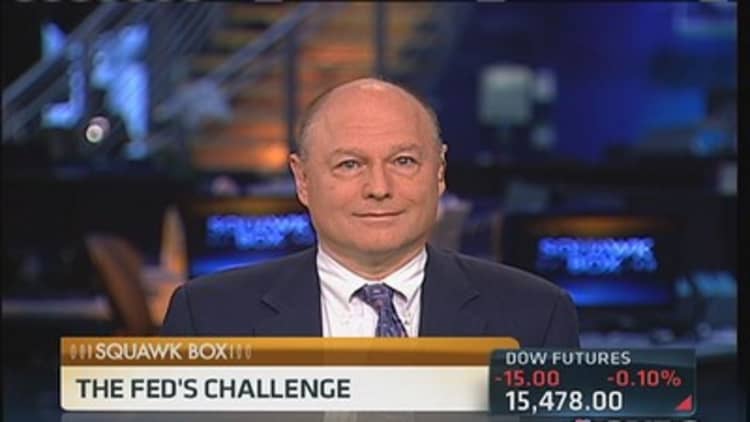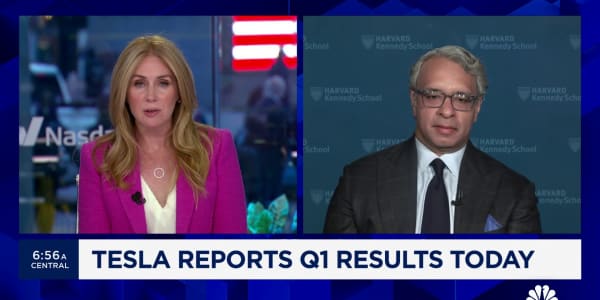The study out of the San Francisco Fed showing that quantitative easing adds only "a moderate boost" to the economy is being misread as a critique of the Fed's bond-buying program. It should actually be read as a testament to very low risk involved in the program.
The study by Vasco Cúrdia and Andrea Ferrero, respectively the senior economists of the San Francisco and New York Fed, focuses on the second round of what the Fed likes to call "large-scale asset purchases"—the one known to most of us as QE2. Between November 2010 and June 2011, the Fed bought $600 billion of long-term Treasurys in an effort to boost employment and inflation, both of which were falling below the Fed's targets.
The economists use a model of a five-year program in which the Fed buys $600 million of bonds for a year, holds them for two years, then sells them gradually over the next two years. During that time, the Fed tells that market that it will not raise interest rates for the first four quarters of the program.
(Read more: A dovenado of Fed speak could be more powerful than QE)
Curdia and Ferrero find that this probably would provide a 0.13 percentage point lift to real gross domestic product, which would fade after two years. Inflation would increase 0.03 percentage point. That's about half of what a 25-basis-point cut in the target rate would achieve.
That should actually be reassuring. We don't want unconventional monetary policy to unleash epic growth and inflation. The effects should be muted.

Even more reassuring, Curdia and Ferrero find that the Fed can fine-tune through forward guidance. If the promise to keep interest rates low lasts five quarters (instead of four), the boost to GDP rises to 22 basis points. They don't indicate if even more growth can be achieved with commitments to keep interest rates low for even longer than that.
This suggests that QE is not a blunt instrument and does not create large macroeconomic risks. What's more, the effects can be turned up or down by adjusting forward guidance.
In other words, this isn't an instance of the Fed criticizing its own policies as much as the Fed taking comfort that its bond programs are neither superfluous nor superdangerous.
I'm not sure, however, about the conclusion the Fed economists reach.
"This suggests that communication about the beginning of federal funds rate increases will have stronger effects than guidance about the end of asset purchases," Curdia and Ferrero write.
Maybe not. This misses the idea that the asset purchases themselves are part of the communication strategy. Buying bonds was a way of convincing the market that the Fed really meant what it was saying about keeping rates low over an extended period. So when the Fed gives guidance about the end of asset purchases, this also communicates something about the beginning of federal funds rate increases.
Because markets are forward-looking and won't necessarily wait to react to an actual statement about fed fund rates, long-term rates may increase prior to any change in the Fed's target. So communication about the end of asset purchases may end up having stronger effects than direct communications about fed funds.
—By CNBC's John Carney. Follow him on Twitter @Carney






